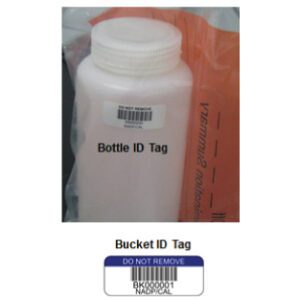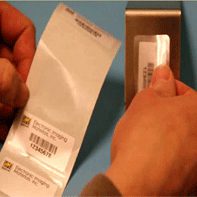You have probably seen scanners at work “reading” barcodes. We know some form of intelligent understanding takes place as a flashing red light passes over a barcode. But what is really going on?
The purpose of a barcode scanner is to scan (read) a barcode symbol and then provide an electrical output to a computer via a decoder and cable. The decoder recognizes the type of barcode symbology it is seeing, translates the bar and space content and transmits data to a computer in a human-readable format.
You do not need special software to retrieve barcode information. Much like how the human brain understands what a number, letter or picture means, the decoder puts barcodes into usable context. Often times it can simply drop data into Excel or Access databases. For more complex requirements, you may need special application software to put that data into inventory records, for shipping and receiving files or for monitoring work-in-process. If you want to print barcodes from that downloaded data, you will also need special printing software such as BarTender® to transfer the human readable back into barcodes.
Twenty-plus years ago, you might have had a barcode scanner that could only read two or three types of barcodes. If you wanted to read a special barcode you would have had to go out and find another type of scanner. Fortunately, as technology improved and more and more barcodes were created, scanners also developed to read a wider variety of barcodes in both one and two-dimensional formats and then “auto-discriminate” (in other words, automatically determine) the symbology it is reading and then properly interpret the content.
Most often, the decoder is built right into the handle of the scanner. If not, then there are a few other ways to decode and transmit barcodes:
• A keyboard wedge is put between the scanner and the computer. The scanner is called a cabled or fixed mount scanner because it relies on being directly connected via a synapse cable to a keyboard and computer. When a barcode is scanned, the information is immediately transmitted to the computer, almost as if the information was being typed onto the keyboard.

Another type of fixed scanner transmits data via a RS-232 Serial port on the computer. In this case, the serial scanner transmits a barcode in an ASCII file format and much like a wedge, it comes out looking like keyed data. Both types of cabled scanners come with hand-held or hands-free options.
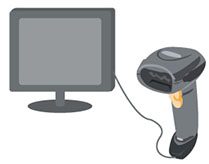
• For more mobility, portable batch scanners aka “portable data terminals” (PDTs) were developed. They store data to be sent to a computer sometime in the future. This kind of device reads the barcode and you can see the information on a LCD display. Then you can type in additional data such as inventory count via a small keypad. PDTs require a “cradle” to rest the scanner and upload both the scanned and typed in data to the computer.
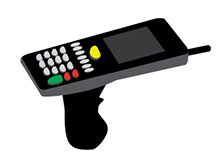
• For mobility AND faster data retrieval, wireless portable scanners use a centrally located terminal such as a cradle to instantly transmit data to the computer when barcodes are scanned.
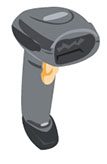

So, what type of scanner is best for you? We suggest you read our article about the different types of popular scanners. As you can see, it will depend to a great extent on whether you can work with a tethered scanner directly wired to your computer or whether you need more mobility. The scanning distance and the types of barcodes you want to scan will also narrow down your options. Not sure which scanner is right for you? Contact our Label Experts for further assistance.

